The United States Geological Survey (USGS) announced that, with substantial funding from the Bipartisan Infrastructure Law, it is investing more than $1 million to conduct the first-ever high-resolution airborne magnetic and radiometric surveys over Puerto Rico and its surrounding waters.
The resulting data will be used by scientists at the USGS, the University of Puerto Rico Mayagüez Campus, and other groups to better inform knowledge of geologic hazards, such as earthquakes and landslides, and evaluate natural resources as well as other applications.
These investments will help improve various aspects of the Puerto Rican economy and resiliency to natural hazards and resource management issues, such as the risk of damaging earthquakes. Puerto Rico was the site of a magnitude 6.4 earthquake in 2020 that caused extensive damage, including to the important Costa Sur power plant, which resulted in island-wide power outages that lasted several months.
“With Puerto Rico facing pressing challenges such as the threat of damaging earthquakes, the impacts of climate change, and extreme weather events, the Biden-Harris administration is making critical investments to bolster local resilience and readiness,” said Department of the Interior Assistant Secretary for Water and Science Tanya Trujillo. “These surveys, the first of their kind in Puerto Rico, will help us understand the unique geology of the territory and how it plays into the potential for earthquakes and other natural hazards, as well as the island’s natural-resource promise.”
The flights will cover the entire island, as well as surrounding waters. The survey area is marked on the map with a black polygon. The colored circles mark the locations of earthquakes that have occurred since 1986 at various depths denoted by the circle’s color.
The Bipartisan Infrastructure Law is facilitating more than $320 million in funding for geological surveys to modernize our understanding of the nation’s fundamental geologic framework through the USGS’s Earth Mineral Resources Initiative (Earth MRI). Earth MRI supports geophysical and topographic surveys, the development of new geologic maps, and geochemical sampling. Additional funding for the Puerto Rico airborne survey was provided by the USGS Earthquake Hazards Program and the USGS Coastal and Marine Hazards and Resources Program.
“Understanding the geology of Puerto Rico through the data these surveys provide will help give us a clearer understanding of the faults that generate these earthquakes,” said USGS Director David Applegate. “Having that knowledge will allow the Puerto Rican government and scientists to plan how to mitigate geologic-hazard risks to communities on the island.”
“We’re very thankful to USGS for carrying out this comprehensive project whose data will benefit UPRM scientists, our Seismic Network, and Strong Movement Network, among other researchers who will be nourished by this relevant information. We feel honored that on the way to this project, they have had the expertise of our researchers. This highlights the importance of interagency collaborations in the search for scientific knowledge,” said Dr. Agustín Rullán Toro, UPRM Chancellor.
A typical survey airplane. The magnetic sensor is placed in an extension on the back of the airplane to reduce the impact of the airplane’s own magnetic field. Photo by Anjana Shah, USGS.
This state-of-the-art airborne geophysical survey is the first of its kind for Puerto Rico. Previous airborne geophysical datasets collected over the small portions of the island were low-resolution airborne magnetic surveys flown in 1957 and 1962 before GPS and digital-recording systems were available. An airborne radiometric survey has never been flown over Puerto Rico.
The airborne geophysical data can help map rocks and geologic structures (such as faults that could cause earthquakes) from just beneath trees and grass to several miles underground. Magnetic data can identify ancient faults, the distribution of geologic rock units, and other geologic features. The radiometric data indicate the relative amounts of naturally occurring potassium, uranium, and thorium in shallow rocks and soil, which aids geologic mapping efforts.
The geophysical survey techniques can also be used to map potential mineral resources, essential in our modern world and important components from household appliances and electronics to clean energy technologies such as batteries, solar panels, and wind turbines. These data could also be used to identify and outline groundwater aquifers; assess the availability of infrastructure materials such as sand, gravel, and limestone; find feasible locations for geologic carbon storage; and map areas with radon risk.

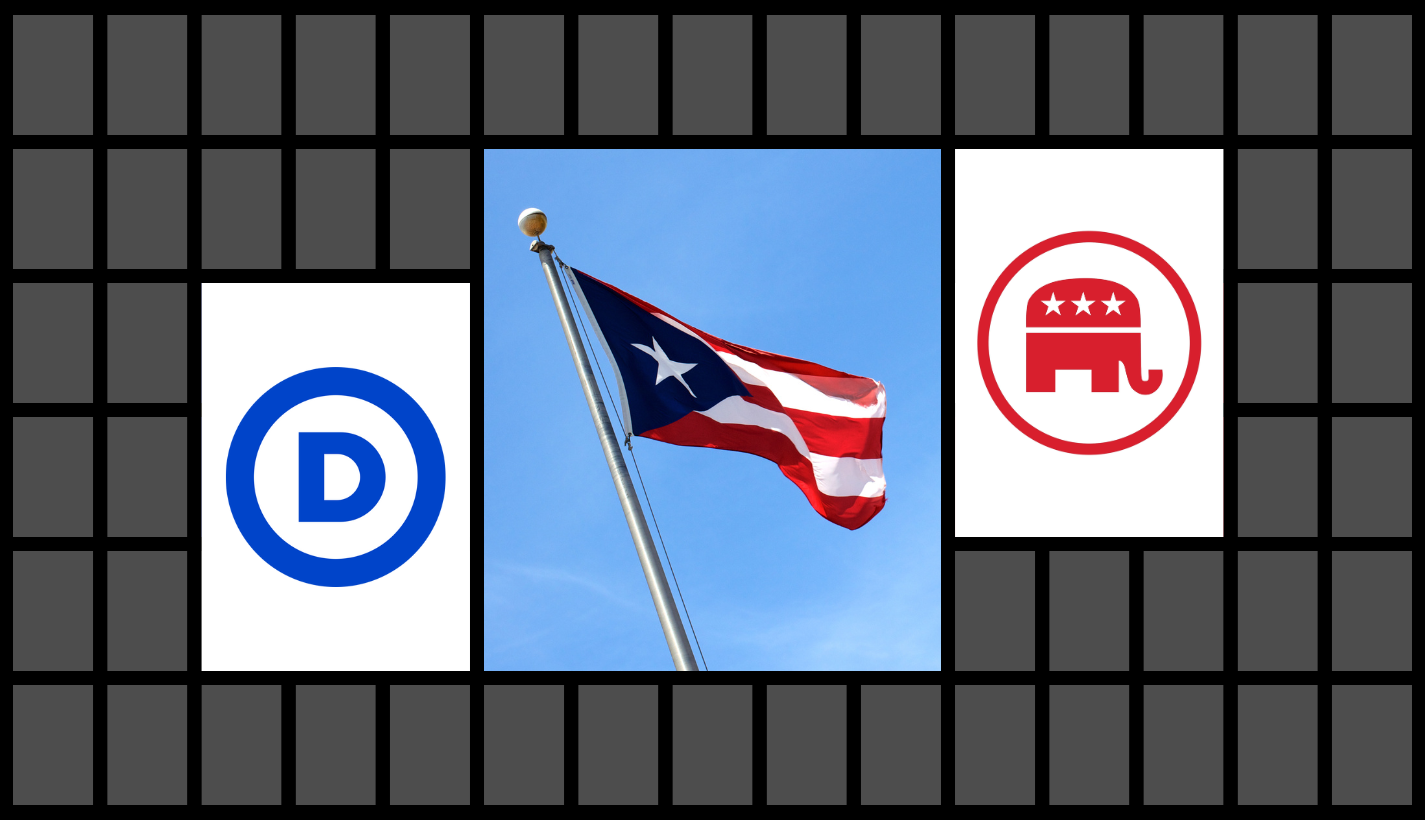
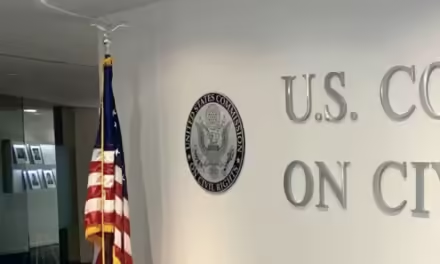

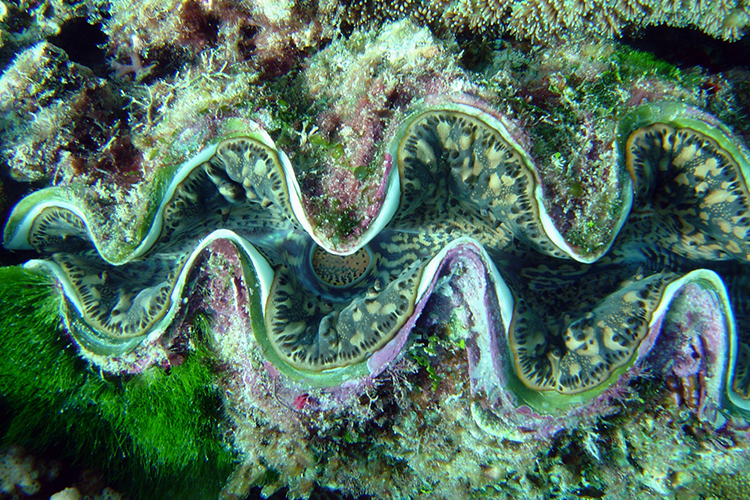
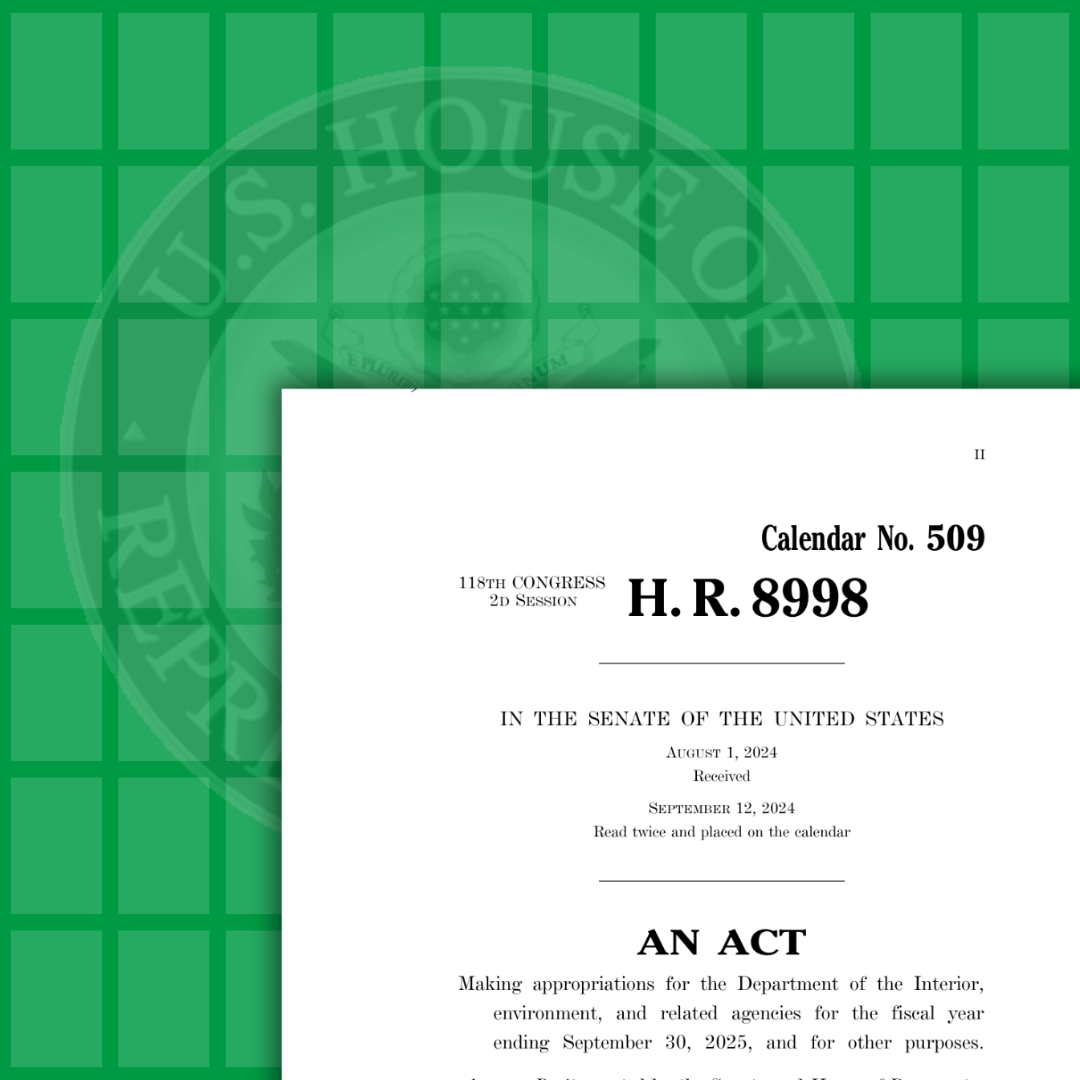
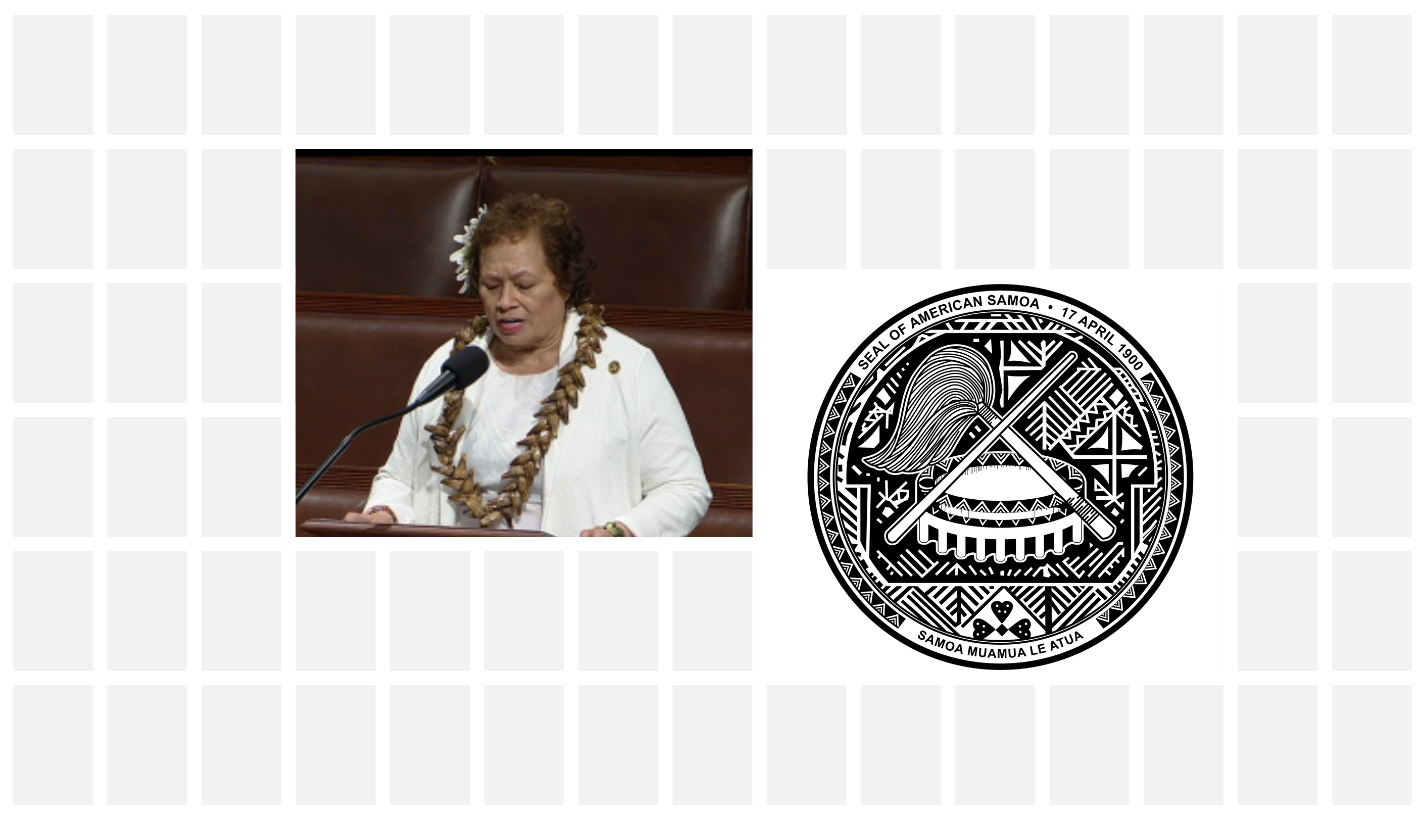
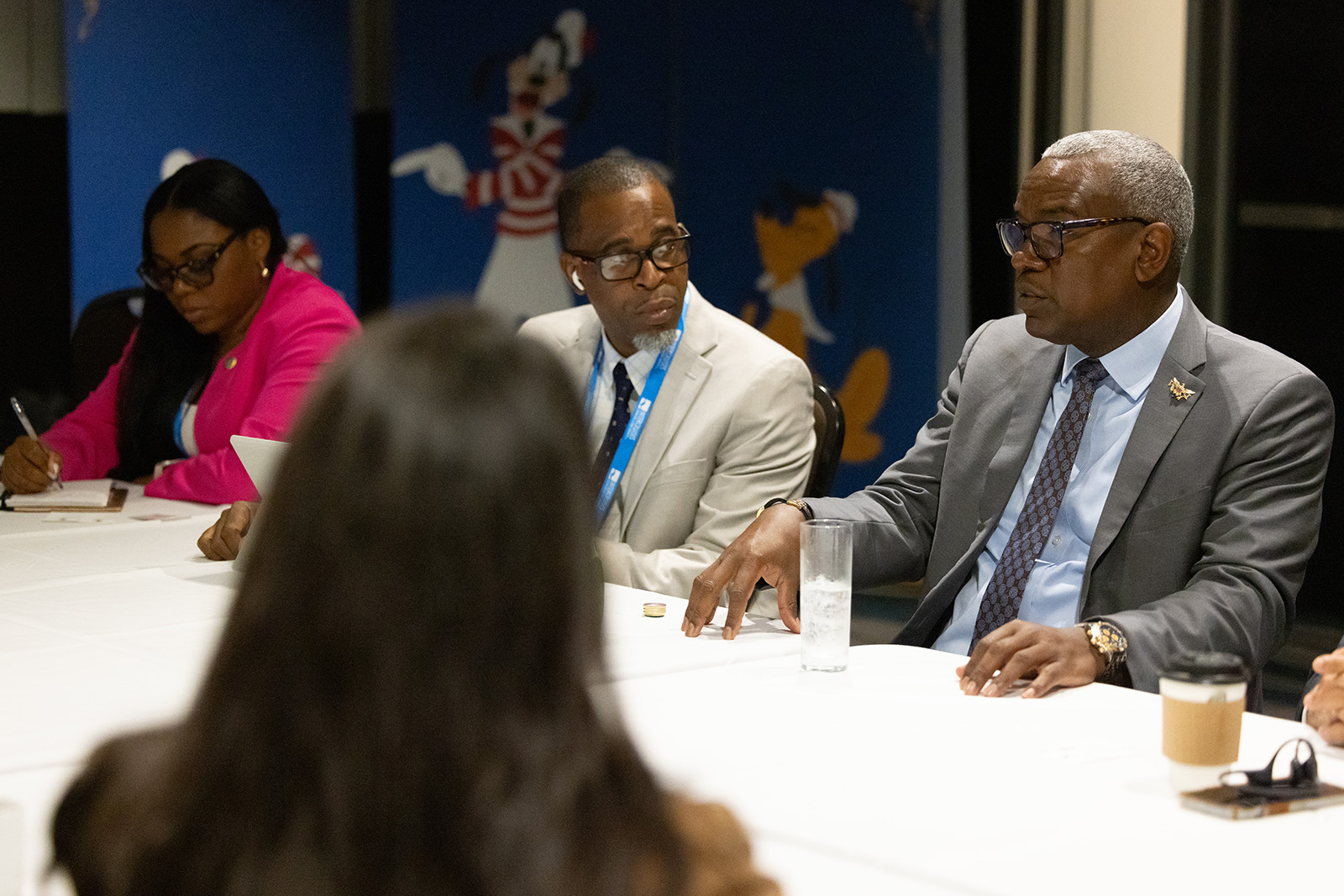
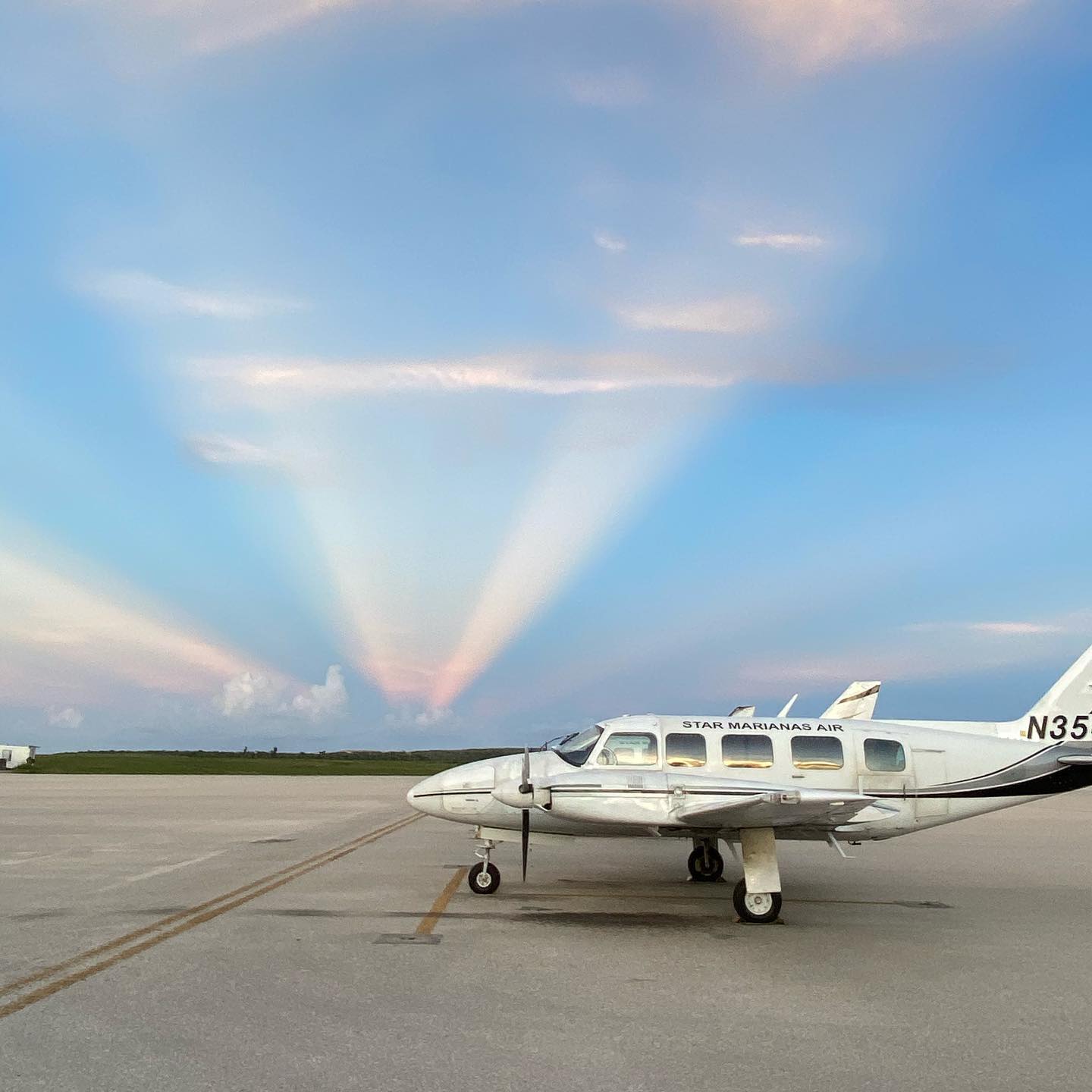



0 Comments